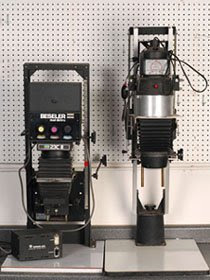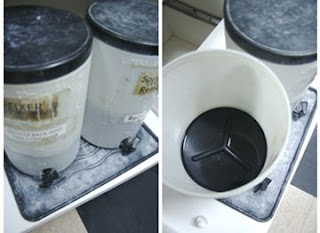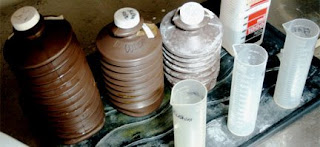
Used vs. New—a used way to live your life. I highly recommend checking out ACE Camera Web Services as your first stop in shopping for used photography equipment. This website is well maintained, constantly updated, and has been highly accredited for over the course of its 12 years of operation. They have a list of over 60 retailers across the United States, and over 30 across England, which sells every type of used photography equipment that you would ever want or need. This list ranges from used adjustable easels to used enlargers. Check out a few of the retailers that are the closest to where you live. Buying from a more local retailer is an eco-conscious choice you can make. When you buy local you will make sure that your equipment has not traveled long distances to get to your darkroom. Shipping a 10-pound package 3,465 miles (the distance from NYC to London) emitts 56 lbs of carbon into the atmosphere. Buying from a local retailer listed on ACE Camera will prevent all of that extra carbon from being directly emitted in to the stratosphere.
If none of the retailers on ACE meet your needs you can always head to B&H Photo Video for both used camera equipment and used darkroom equipment. I have personally bought a used SLR and Digital SLR from them, which were in great condition, for amazing prices. B&H has a super store in NYC, but the best place to look is online. They have all types of used equipment, not only for photography. Again the shipping is a huge problem so if you live in the city, walk there or take public transportation, and if not, choose ground shipping!
B&H also sells almost all equipment you need on the processing side, already used. What is for sale is limited to what people have sold them so they might not have everything you need.
If you must order your equipment from a far away place try contacting the retailer and asking if they can ship your package with the shipping company First Global Xpress (FGX). They are a new shipping company that has figure out a way to cut the carbon emissions of a package by 30%. By avoiding the traditional hub-and-spoke method of shipping used by companies such as UPS, FedEx and DHL, FGX has cut the shipping time, cost and carbon emissions of a single package. Just make sure to check FGX’s website because the locations they provide service between is restrictive.
So here is my advice for purchasing the most environmentally friendly photography equipment: buy used, buy local.












